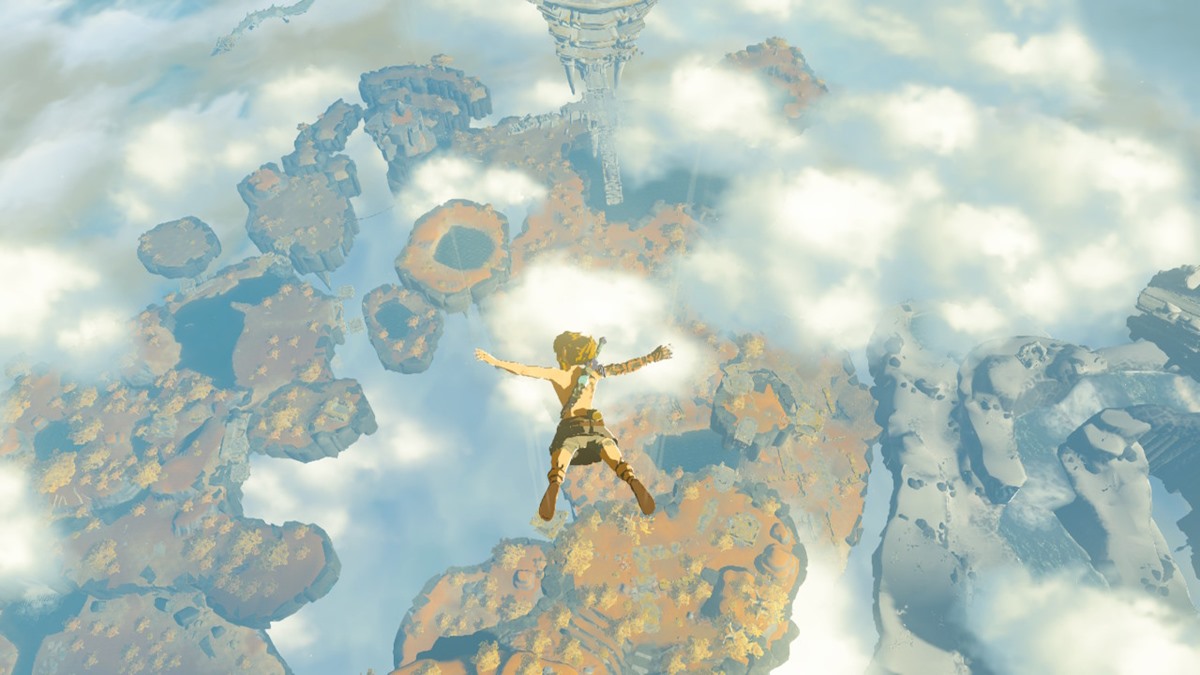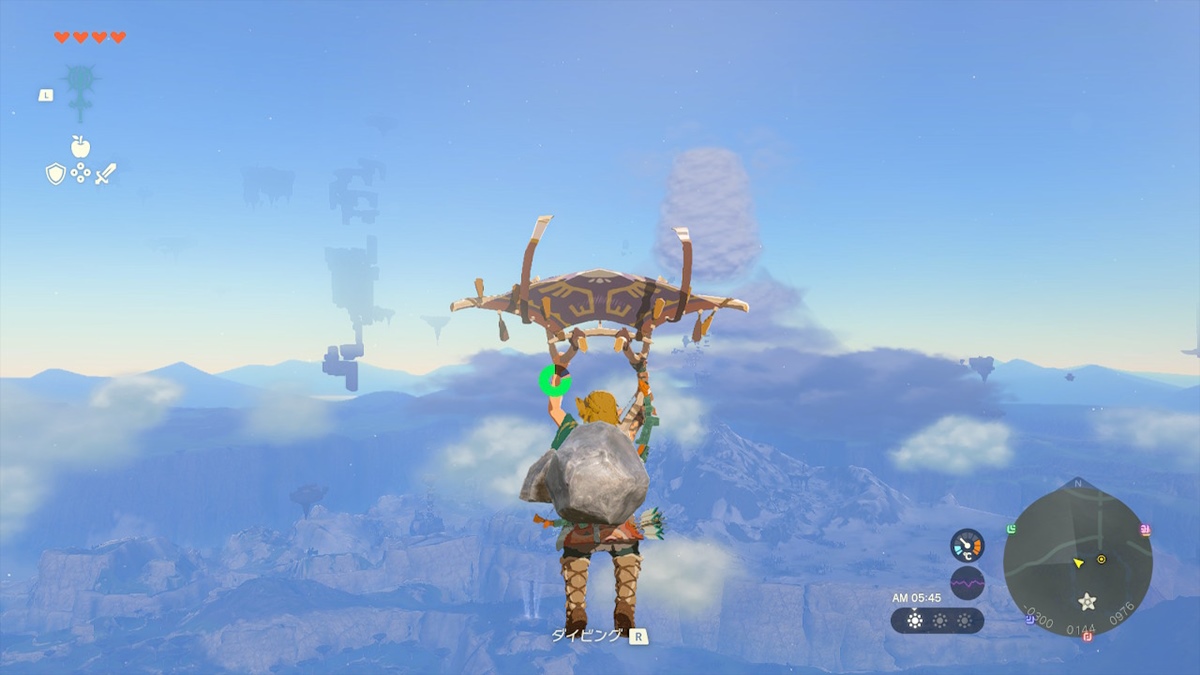Gravity of Hyrule in Tears of the Kingdom found to be three times stronger than on Earth

In The Legend of Zelda: Tears of the Kingdom, the gravity on Hyrule is around three times stronger than on Earth according to the calculations of one player. The data indicating the high level of gravity was obtained through calculations of Link’s falling speed.

Reddit user JukedHimOuttaSocks has reported that the gravity on Hyrule is almost triple that of Earth. They shared the data that they collected in a thread posted on the r/HyruleEngineering subreddit.

The Reddit thread includes a description of the method that was used to calculate Hyrule’s gravity, including a graph of the data. First, they had Link stand on a “disappearing platform” that they had created and recorded the footage of him falling. They then recorded the change in the Z-coordinate representing height in comparison to the change in time. The resulting data shows that the gravitational acceleration is 28.2m/s2.
Gravitational acceleration represents the acceleration of an object in free fall within a vacuum. Although the value varies depending on the location, the gravitational acceleration on Earth is approximately 9.8m/s2. In other words, if you were to drop a ball in a vacuum within Earth’s gravity, it’s velocity would increase by 9.8m/s each second as it falls towards the surface of the Earth. This is the strength with which Earth’s gravity pulls the ball towards itself.
Taking the above information into account, if you can measure the speed of a falling object on Hyrule, then you can calculate the gravitational acceleration, which would give an indication of the strength of the planet’s gravity. So JukedHimOuttaSocks measured how many meters Link traveled each second as he fell, and found that Hyrule’s gravitational acceleration is 28.2m/s2, approximately three times that of Earth.
The time was measured frame by frame, based on the assumption that the game runs at 30 frames per second, while the in-game height coordinates were used to measure the distance traveled. One potential sticking point here is whether 1 unit in the height coordinates is actually equivalent to 1 meter. However, Link’s height may provide a helpful clue.
Using a 4-unit long beam found in-game, JukedHimOuttaSocks compared it to Link’s height and worked out that it is around two and a half times taller than him. This means that Link is around 1.75 units tall, which would make him 175cm (about 5’9”) if the units were equivalent to meters. While obviously not conclusive proof, it is certainly a reasonable number.
Further backing up this line of thought is an analysis of the heights of characters in Super Smash Bros. Ultimate, which found that the Link in that game (his appearance is based on how he looks in Breath of the Wild) is around 175cm tall. This surely makes the assumption that 1 coordinate unit = 1 meter seem even more reasonable and places greater confidence in the calculation of Hyrule’s gravitational acceleration.
In the below video, you can see the footage that JukedHimOuttaSocks used in their calculations. This is quite a big fall when you consider 1 coordinate unit to be 1 meter, and a regular person would likely be gravely injured, or at least have trouble moving after hitting the ground. It goes to show just how strong our hero really is.
Of course, fall speed in the real world is greatly influenced by air resistance, which is something that JukedHimOuttaSocks was conscious of. While questioning whether the game actually simulates air resistance, they expressed an interest in using the terminal velocity of a falling object to calculate the hypothetical air density in Hyrule.
While based on assumptions, the findings on the gravity of Hyrule are rather fascinating. Previously, another player had made a big step in physics research on Hyrule by designing scales and using them to calculate Link’s weight, finding him to be approximately as heavy as 10 apples. We can no doubt expect to see continual progress in the study of Hyrulean physics in the future.
Written by. Marco Farinaccia based on the original Japanese article (original article’s publication date: 2023-07-31 17:58 JST)




